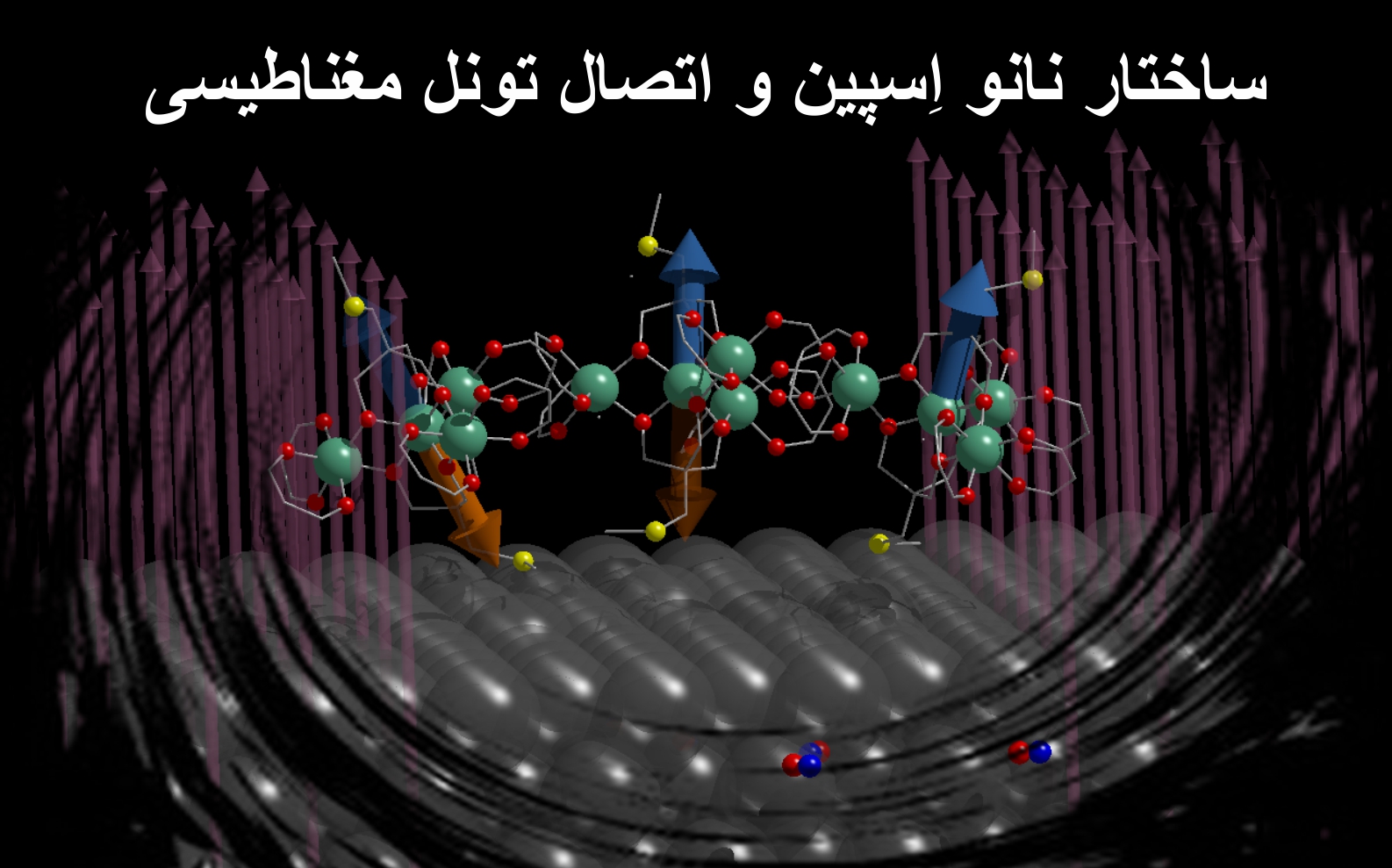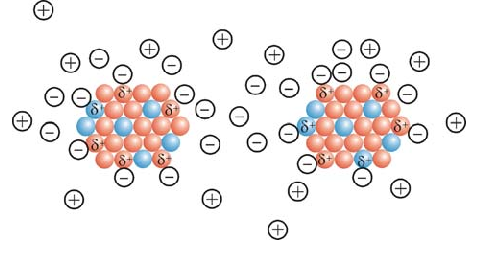Section "Nanospin Electrons" - Nanoelectronics
"Nanospin electrons" and surface plasmon resonance in structures with nanometer dimensions (Localized Surface Plasmon Resonance)
Researcher and author: Dr. ( Afshin Rashid)
Note: "Nano spin electrons" resonance of surface plasmons in structures with nanometer dimensions is called Localized Surface Plasmon Resonance. Localized surface plasmons, non-emissive excitation of conduction band electrons of metal nanostructures is that the electromagnetic field is coupled to them. Plasmonic waves are generated by using the scattering problem from a conductive nanoparticle whose dimensions are below the wavelength of the electromagnetic field of radiation excitation.
The interaction of a particle with size d with electromagnetic waves with excitation wavelength λ can be investigated by different analytical, semi-analytical and numerical methods. Of course, in these analyses, the assumption is always considered that d≪λ, that is, the dimensions of the particle are much smaller than the wavelength. The phase of the coordinated oscillation of the electromagnetic field is assumed to be constant in the particle volume.
In stimulating local surface plasmons of "nano spin electrons" and their characteristics, the following conditions are effective:
Electronic properties of nanoparticles
Dimensions and shape of nanoparticles
Thermal properties of nanoparticles
_ Dielectric surrounding the nanoparticle
Of course, it is important to mention that the intensity of the electromagnetic field (in particular, the intensity of the electric field) decreases exponentially by moving away from the surface of "electrons nanospin"In this nano volume created, the electromagnetic field is localized, compressed and improved. Small changes in the dielectric around the nano volume affect the resonance of surface plasmons, so that these changes show themselves in the amount of scattered light, absorbed light or change in its wavelength. These changes can be measured using optical characteristics. It shows the oscillation of surface electrons and the electric field around them in the resonance of localized surface plasmons.
With the approach of technology towards the accumulation of optoelectronic circuits, manufacturing problems and phenomena that helped prevent further compression of the structure, caused the use of "nano spin electrons" and plasmonic waves to be investigated and used. These "nano-spin electrons" consist of metal and dielectric, whose dimensions are below the excitation wavelength (the wavelength of the radiation that excites the plasmonic waves). Plasmonic is based on the process of interaction between electromagnetic waves and conduction electrons in metals with nano dimensions. In surface plasmon polaritons, with the introduction of their working foundation, there is its field formulation and how these structures cross the diffraction limit. "Nanospin Electrons"They have fundamental differences both in terms of synthesis and production, and in terms of properties and applications. In general, the electrical, optical, magnetic, surface, etc. properties of these three structures are fundamentally different from each other, and of course their applications are also different. One-dimensional nanostructures can be used for electronic connections, while there is no such application for zero-dimensional and two-dimensional nanomaterials. The main basis of nanotechnology is the use of materials. Every material in space has three dimensions: length, width and height. If in a material at least one of these three dimensions is in the range of nanometers, it is called "Nanospin Electron" .
Conclusion :
Note: "Nano spin electrons" resonance of surface plasmons in structures with nanometer dimensions is called Localized Surface Plasmon Resonance. Localized surface plasmons, non-emissive excitation of conduction band electrons of metal nanostructures is that the electromagnetic field is coupled to them. Plasmonic waves are generated by using the scattering problem from a conductive nanoparticle whose dimensions are below the wavelength of the electromagnetic field of radiation excitation.
Researcher and author: Dr. ( Afshin Rashid)
Specialized doctorate in nano-microelectronics






